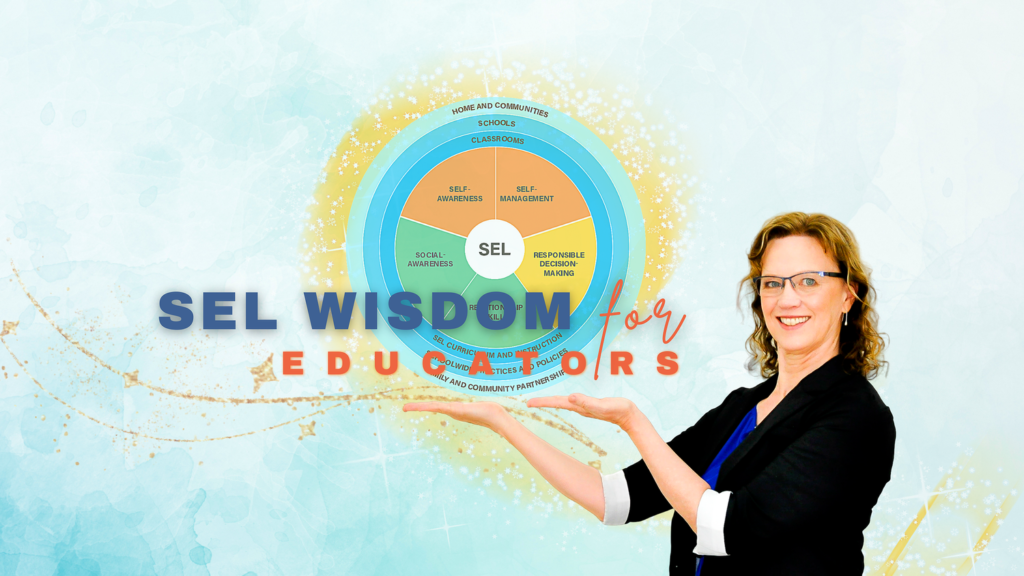
SEL and EQ Practices for Educators: Building a Resilient Classroom and Empowering Students
Social-emotional learning (SEL) and emotional intelligence (EQ) are key components of building a resilient classroom and empowering students to achieve their goals. SEL helps to create a supportive learning environment by fostering social and emotional competencies like self-awareness, self-regulation, empathy, and social skills. As an educator, it is crucial to understand how to incorporate SEL and EQ practices into your teaching methodology.
Here are some best practices for educators to build a resilient classroom and empower their students:
- Cultivate a positive classroom culture: Create a classroom environment that is supportive, inclusive, and safe. Encourage positive interactions between students and foster a sense of community through team-building activities.
- Model positive behavior: Teachers are role models for their students. Modeling positive behavior, such as active listening, empathy, and problem-solving, can help students develop these skills themselves.
- Teach self-awareness and self-regulation: Teach students how to identify and regulate their emotions. Help them recognize their triggers and develop strategies to manage their emotions in a healthy way.
- Encourage growth mindset: Help students develop a growth mindset by encouraging them to embrace challenges, learn from mistakes, and persist in the face of setbacks. Celebrate their successes and encourage a growth mindset approach to learning.
- Foster social skills: Help students develop strong social skills, such as communication, cooperation, and collaboration. Encourage group work and team-based learning to help build these skills.
- Emphasize the importance of empathy: Teach students to understand and respect the perspectives and feelings of others. Help them develop empathy by encouraging them to listen actively and respond thoughtfully to their peers.
- Incorporate mindfulness practices: Incorporate mindfulness practices, such as meditation or deep breathing, into your teaching methodology. These practices can help students improve their focus, manage stress, and regulate their emotions.
By incorporating these practices into your teaching methodology, you can help create a supportive and empowering learning environment that fosters student success.